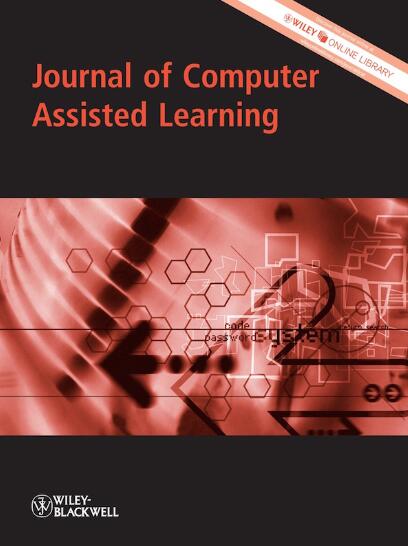Recent research has demonstrated the potential of mobile-assisted learning to enhance learners' learning outcomes. In contrast, the learning processes in this regard are much less explored using eye tracking technology.
This systematic review study aims to synthesise the relevant work to reflect the current state of eye tracking use in mobile-assisted learning research over the past 20 years.
Fifty-two articles were identified using the Preferred Reporting Items for Systematic Reviews and Meta-Analysis approach, and analysed based on the technology-based learning model in five key dimensions: publication information, research domains, technologies, methods, and eye tracking-related subdimensions.
The findings indicate a growth in eye tracking studies from 2004 to 2023, with visual and cognitive science and educational technology being the most studied domains. Tablets were the most utilised medium, along with a usage shift towards tracking glasses. Experiment durations, participant numbers, and education levels varied across studies, but reading tasks were common. Questionnaires and tests were the main additional data collection methods, and fixation was the most frequently used category of eye tracking measures. Most studies provided no information on their defined interest areas, from which they extracted eye tracking data, and employed parametric or non-parametric procedures to compare group means for data analysis. The studies primarily explored task performance, learning strategies, and learning tools, while multimedia learning, linguistic processing, and emotion received limited attention.
The systematic review highlights research limitations of current practices for attention and suggests potential avenues for future eye tracking efforts in mobile-assisted learning.


